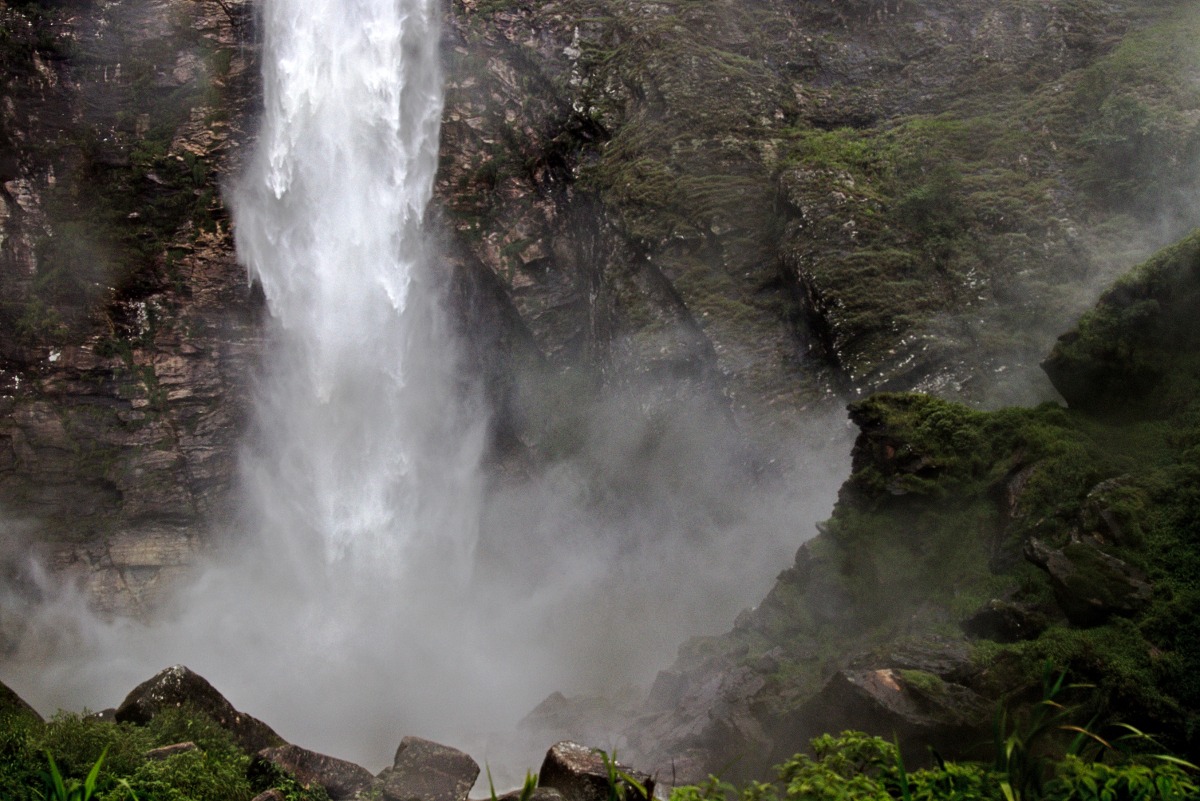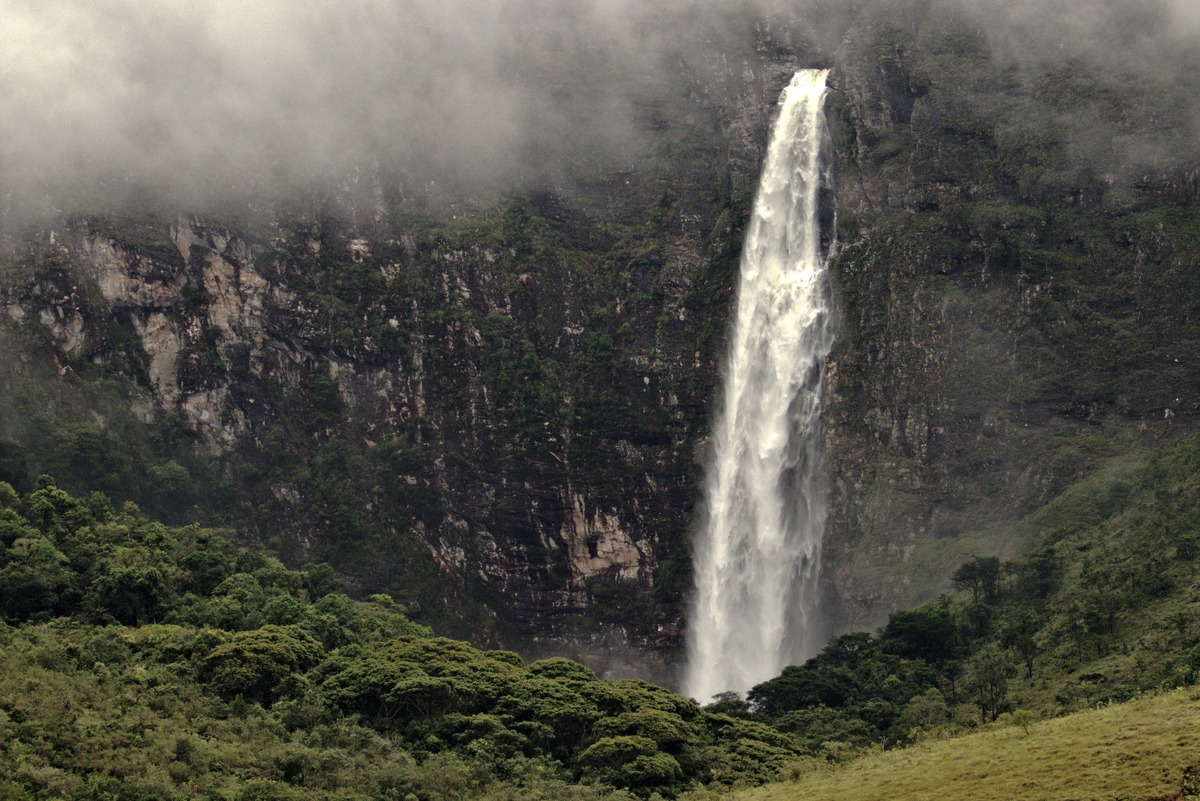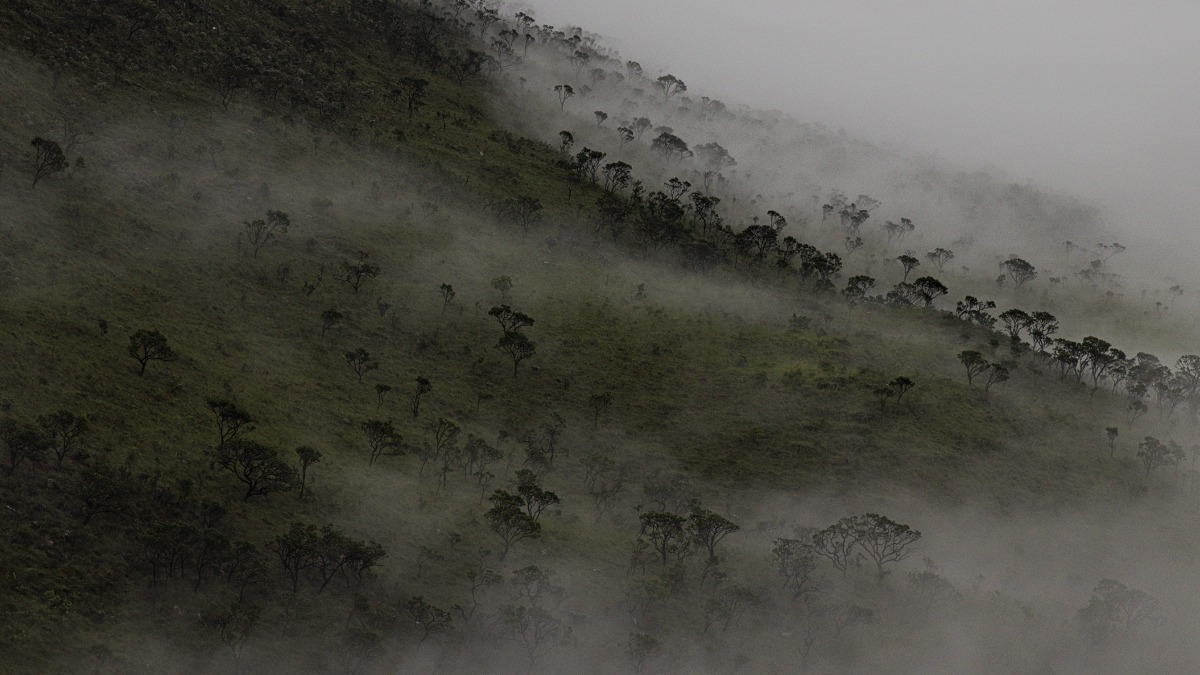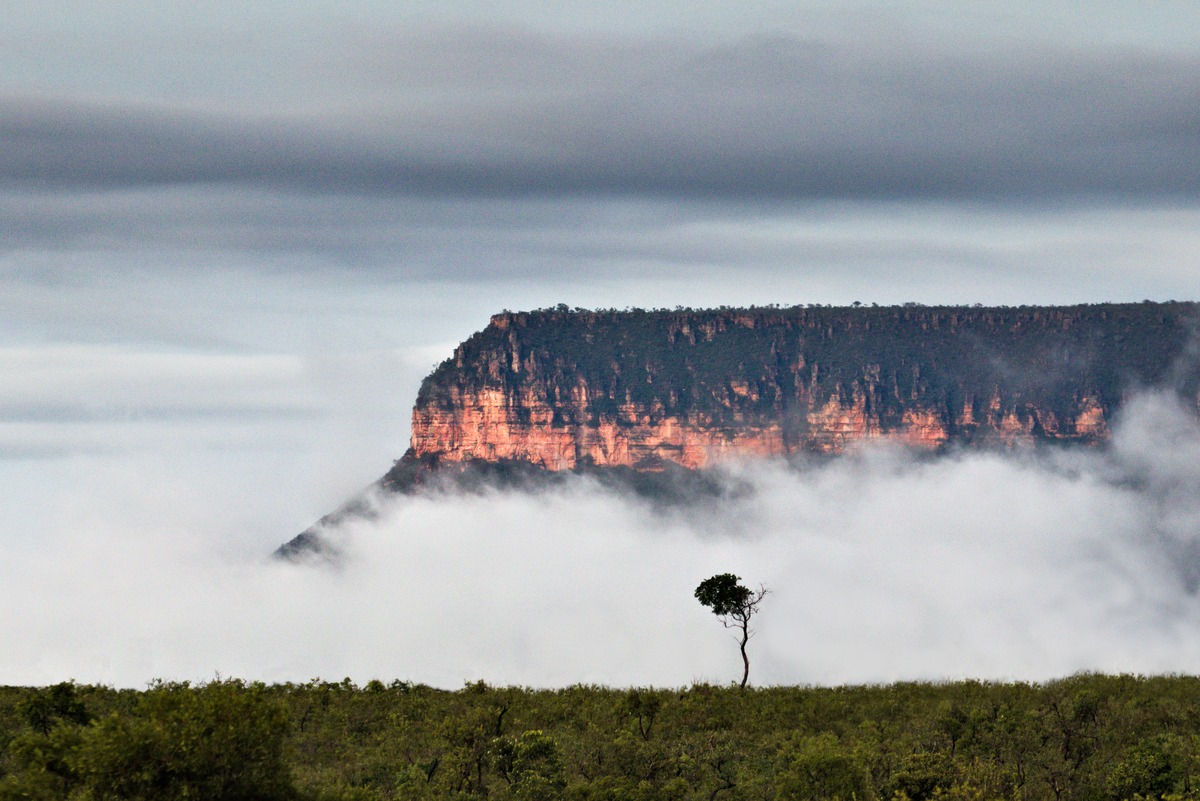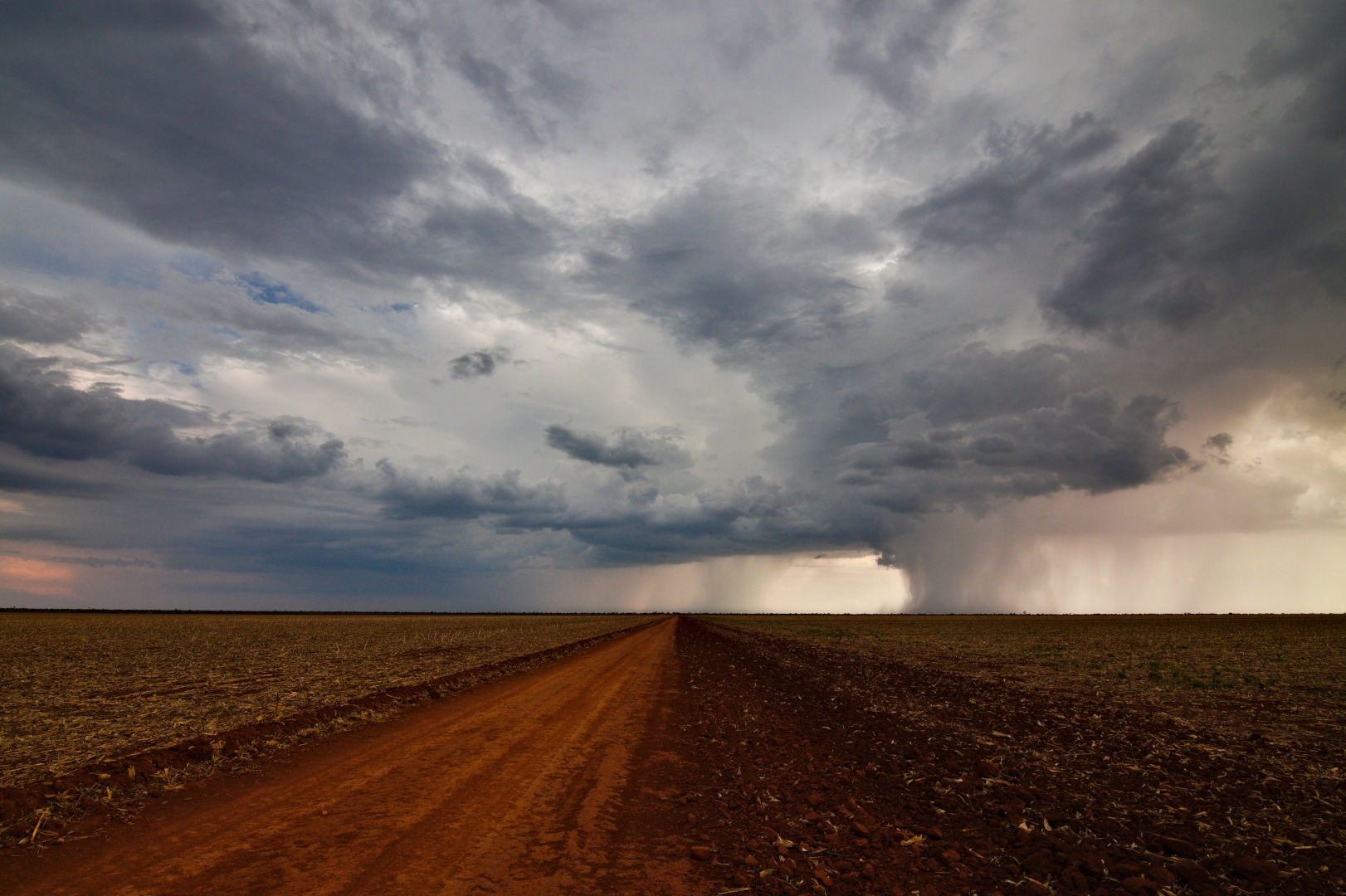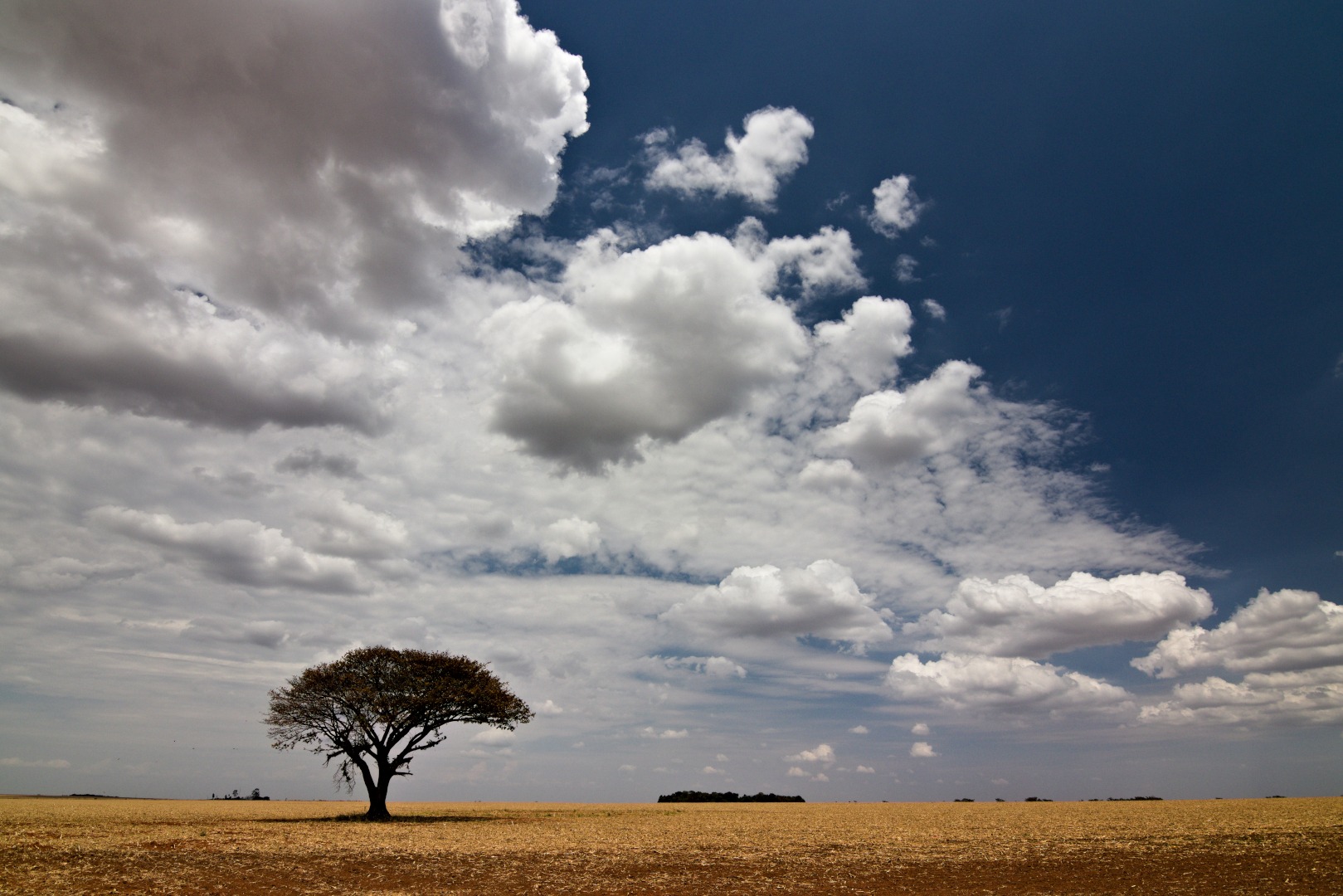Cradle of the Waters
Long-term project
Status: Ongoing (temporarily interrupted by the Covid-19 pandemic and work abroad)
Start: 2019
Format: digital
The Brazilian Cerrado is now widely known as the “Cradle of Waters” of South America. The most popular reason for this nickname is the fact that eight out of the twelve major hydrographic basins on the continent have their sources within the geographic limits of the Cerrado.
But the real importance of the Cerrado for the hydrological cycle is much greater than that. The typical vegetation of the Cerrado is very diverse and covers three major biomes: grasslands, savannas and forests. Especially the savannas, the most typical type of vegetation in the Cerrado, have very deep roots. So deep that for years the Brazilian savannas have been dubbed “inverted forests”, as most of the biomass is underground. These roots absorb water from the depths of the soil and return it to the atmosphere in the form of vapour, which will condense and form rain.
This biosphere-atmosphere interaction completes the hydrological cycle and is a fundamental part for the occurrence of the so-called Flying Rivers, which “transport” the humidity from the Amazon to southeastern Brazil. In other words, the Flying Rivers are not literal jets of steam that come out of the Amazon and rain down in another region, but rather, the evaporation and precipitation of Amazonian moisture hundreds of times. And much of this evaporation and precipitation takes place in the Cerrado savannas.
Despite its hydrological importance for the continent being discussed for a long time in the academy, only recently has the Cerrado been gaining popularity as a region that needs to be preserved. Deforestation breaks the hydrological cycle, keeping water underground. As a consequence, the Cerrado is getting hotter and drier, and about 80% of its known endemic flora is under extinction threat.
This photographic project seeks to portray the threatened biodiversity and the hydrological cycle in the Cerrado, as well as the consequence of its rupture, which leads to the fourth physical state of water: its absence.
FURTHER READING
Pompeu, J., Assis, T. O., & Ometto, J. P. (2024). Landscape changes in the Cerrado: Challenges of land clearing, fragmentation and land tenure for biological conservation. Science of The Total Environment, 167581. https://doi.org/10.1016/j.scitotenv.2023.167581
Pompeu, J. (2022). Performance of an automated conservation status assessment for the megadiverse vascular flora of Brazil. Journal for Nature Conservation, 70, 126272. https://doi.org/10.1016/j.jnc.2022.126272
Hofmann, G. S., et al. (2021). The Brazilian Cerrado is becoming hotter and drier. Global Change Biology, 27(17), 4060-4073.
Polizel, S. P. et al. (2021). Analysing the dynamics of land use in the context of current conservation policies and land tenure in the Cerrado–MATOPIBA region (Brazil). Land use policy, 109, 105713.
Spera, S. A., Winter, J. M., & Partridge, T. F. (2020). Brazilian maize yields negatively affected by climate after land clearing. Nature Sustainability, 3(10), 845-852.
Colli, G. R., Vieira, C. R., & Dianese, J. C. (2020). Biodiversity and conservation of the Cerrado: recent advances and old challenges. Biodiversity and Conservation, 29(5), 1465-1475.
Spera, S. A., Galford, G. L., Coe, M. T., Macedo, M. N., & Mustard, J. F. (2016). Land‐use change affects water recycling in Brazil’s last agricultural frontier. Global change biology, 22(10), 3405-3413.
Klink, C. A., & Machado, R. B. (2005). A conservação do Cerrado brasileiro. Megadiversidade, 1(1), 147-155.
Batalha, M. A. (2011). O cerrado não é um bioma. Biota Neotropica, 11, 21-24.



